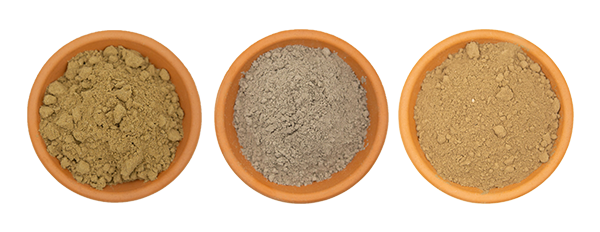LED Lighting Performance on Leafy Greens | MSU Research
By Cam Maxwell
.jpg)
Takeaway: With urban and vertical growing becoming more of a necessity than a trend, better information is being sought to provide a baseline on how LED grow lights affect indoor crops. To do that, Michigan State University’s Department of Horticulture and lighting manufacturer OSRAM are teaming up to perform cutting-edge research in a state-of-the-art facility.
A multinational light manufacturer and Michigan State University (MSU) have combined to create the ultimate vertical farm test lab for light emitting diode (LED) lights and their impact on indoor crop growing.
MSU's vertical farm test lab
The university’s Department of Horticulture built a state-of-the-art controlled environment lighting laboratory (CELL) that enables indoor vertical farming using a light system developed by lighting manufacturer OSRAM. The idea is to use the facility to research the impact of various LED light spectrums and combinations on growing crops in hydroponic solution. Specifically, researchers are looking into how LED lighting effects various traits exhibited by certain crops.
“We think we can manipulate (how plants grow) to a certain point,” says Erik Runkle, a professor in MSU’s Department of Horticulture. “So, we’re looking at a couple different things. One is floriculture crops that are high-value crops with seasonal demand, and leafy greens. You can really have a big effect on things like the leaf unfolding, the size of the leaf, the shape of the leaf, the texture of the leaf, how dense it is. You can influence nutritional content—that’s pretty clear. We also think to some extent you can influence the taste. Those are the areas of research that we’re investigating right now.”
The CELL is a research-first lab for Runkle and MSU’s Department of Horticulture to study exactly how the different color spectrums of LED lights (along with light duration and other factors) impact all aspects of crop growing, including taste.
Runkle is working with PhD candidate Qingwu (William) Meng, who is leading the research on lighting to produce those leafy greens with desired attributes, which could have a huge impact on vertical farming in the future. Once concluded, their research should pinpoint an optimized lighting blueprint to maximize crop growth that will eliminate much of the guesswork when it comes to LED lights and indoor horticulture.
As the crops are tested, several controls are in place to ensure the environment changes as little as possible, while the recirculating hydroponic system ensures constant nutrition is provided to crop roots. The CELL is actually two independently controlled and refrigerated growrooms, each with 12 deep-flow hydroponic shelves.
But it’s the lights that are the true workhorse at MSU.
The lights at MSU
The complex LED system was designed and implemented by OSRAM, a multinational lighting manufacturer headquartered in Munich, Germany. Lights in the CELL use seven different light channels (colors) ranging from UV to the far red, along with two different white channels. The entire light system is calibrated, and customized software enables digital light control of individual shelves, allowing for temporal alternations of light quality and intensity.
“We wanted to reduce the variability of the light output from one canopy to another, so we know what each of the fixtures puts out in terms of light and is uniform across all fixtures,” says Rodrigo Pereyra, a research and development manager at OSRAM. “That way, within a margin of error, we’ll still have the same results.”
The key in terms of the research is learning how specific LED light colors impact plant development with all other factors being equal.
“The real value right now is to develop some understanding around these individual colors for plant development and plant health,” says OSRAM’s David Hamby, project lead of the lighting setup for CELL. “It allows for some independent study of the impact of the lights.”
By helping out with light design and providing the LEDs for the CELL, OSRAM is in a win-win position in terms of being able to take the research and use the findings to better help its commercial clients properly get their lights set up, calibrated, and dialed in for maximum yields.
“We know of other researchers who are working on similar subjects, but we know the flexibility of our lighting system and our ability to deliver literally an infinite combination of different lights, colors, and intensities,” Pereya says.
The plan is to publish the findings in both scientific journals and trade magazines, but no timetable has been established, though Runkle says some results could be unveiled later this year or early in 2019.



